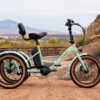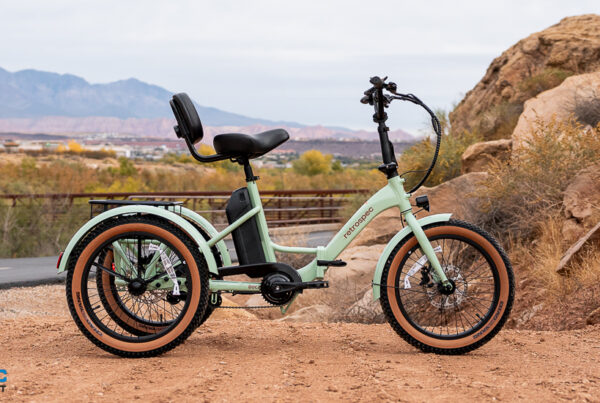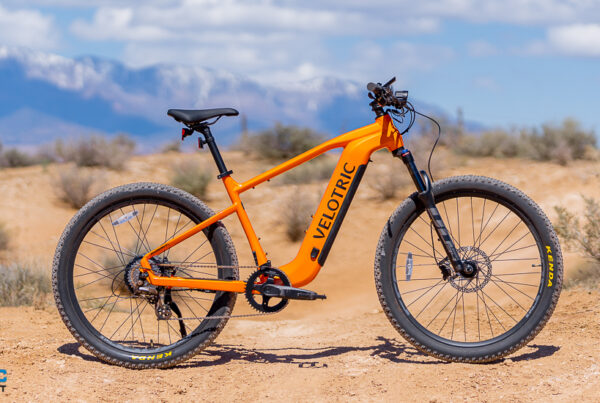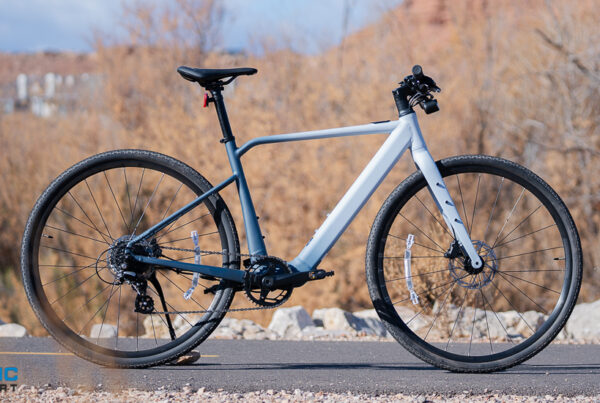Can you lose weight riding an e-bike?
Of course! Follow the tips above, go out riding as often as you can and you’ll be burning a good amount of calories and that’s certainly one part of the equation in losing weight.
The other equally important part of the equation is of course the calories you consume. This isn’t a dietary weight loss tips article, but if you can keep in mind a few figures it might help you keep your calorie input under control and align your e-bike exercise with it.
An average male needs around 2,500 calories a day to maintain the same weight, the average woman around 2,000. Assuming you are maintaining this calorie intake, it has long been held that 3,500 calories burned (for example through e-biking) equals one pound of weight loss.
In other words, if you e-biked vigorously an hour every day and managed to burn 500 calories an hour then you would lose a pound a week (assuming you kept your food intake within the daily calorie limits above).
Of course, this isn’t an exact science (and the latest research suggests it may be a little optimistic).
Other E-Bike Fitness Metrics

There are numerous other methods of gauging whether you are getting enough exercise on your e-bike, calorie counting aside. One of the easiest is to try and stick to recommended weekly exercise levels set down by the World Health Organization.
For adults in the 18-64 age range this equates to at least 150 minutes of moderate-intensity aerobic physical activity throughout the week or at least 75 minutes of vigorous-intensity aerobic physical activity, or an equivalent combination of moderate- and vigorous-intensity activity. Use the info in the Just how hard should I push myself section above to judge how hard your exercise is – or tech-heads might prefer to go down the high tech route below….
If you aren’t the kind of person who likes plenty of data and who just wants to get out on their e-bike and have fun then you might want to skip this section.
On the other hand, if you have the latest Bosch Nyon display (or a system with similar capabilities) then you might just want to read on – it may help you get the most out of the ability of the Nyon (or similar system) to measure your heart rate. This can be yet another useful way of gauging the amount of exercise you are getting.
A normal heart rate is between 60 and 100 beats per minute (bpm) though it will vary depending on when it is measured and what you were doing immediately before the reading.
For an effective workout, you should aim to maintain your heart rate to the right level while you are exercising. This means firstly working out a safe range of bpm. To do this, you first need to work out your maximum heart rate (MHR) – maximum heart rate depends on your age. One way to work out your MHR is to take your age away from 220. For example, the maximum heart rate for a 42 year old is 220 – 42 = 178 bpm.
To use heart rate data even more precisely you should first know your target heart rate (THR) which is between 50% and 70% of your maximum heart rate. To use the example of a 42-year-old again, THR would be between 178 x 50% = 89 bpm and 178 x 70% = 125 bpm. So a 42-year-old e-biker should aim to exercise with their heart rate between 89 and 125 bpm for 150 minutes weekly of moderate-intensity exercise. For vigorous-intensity exercise aim for 70-85% of your max heart rate calculated in a similar fashion.
150 minutes (or less if you want to be vigorous!) a week isn’t much time if you are out having fun on an e-bike.
Important note: If you have a heart condition or other serious medical condition it is important that you check with your doctor before doing any new exercises, in case they are not suitable for you. A warm-up and cool-down period of moderate exercise is always a good idea if planning vigorous exercise to guard against muscle injury.
Source link








